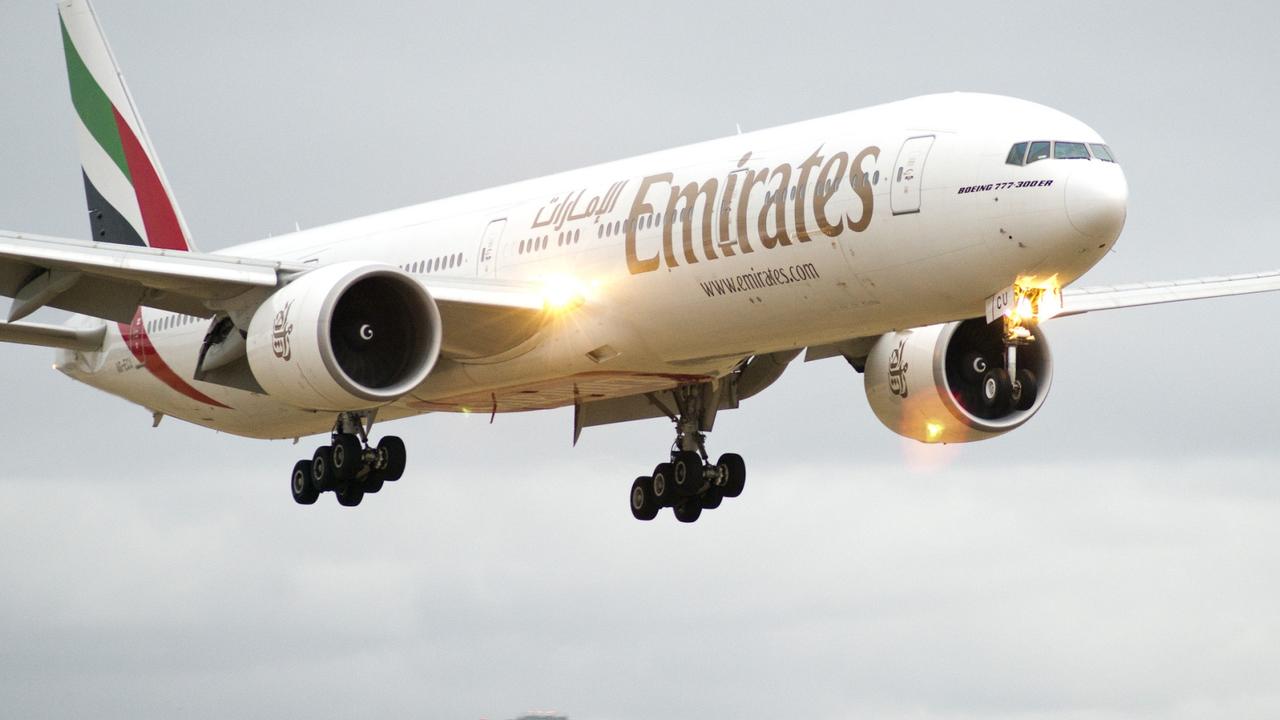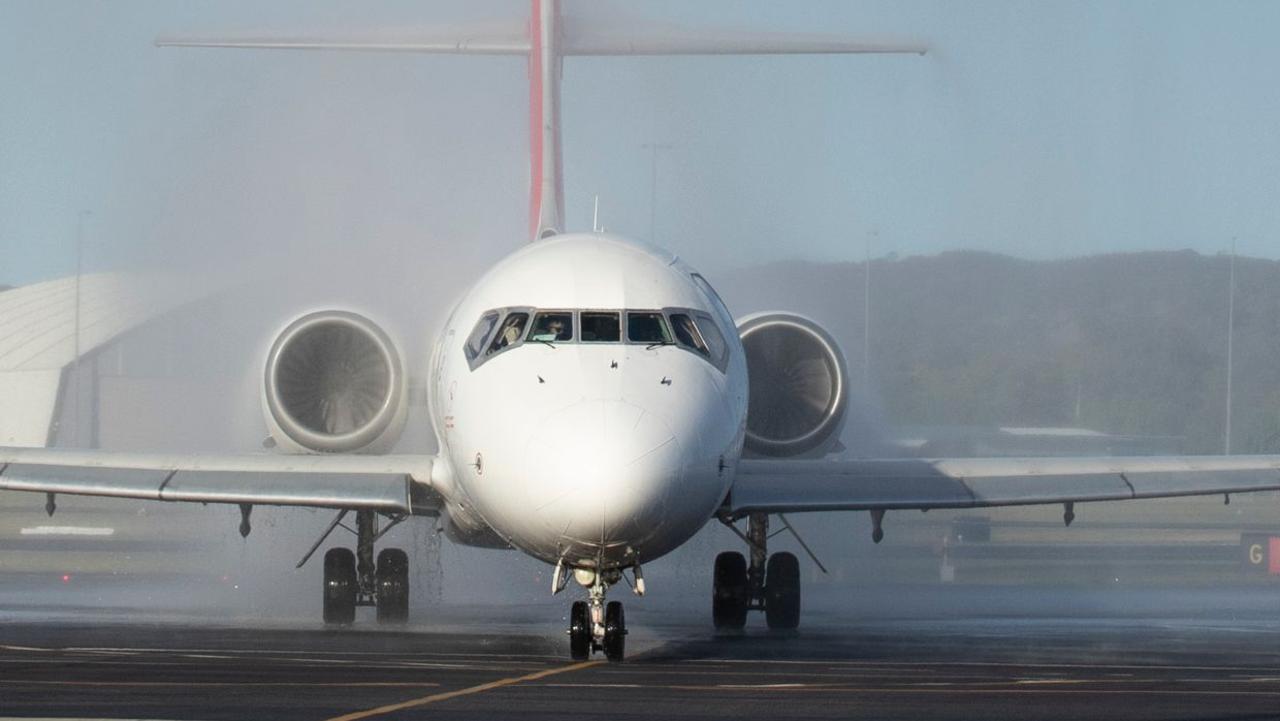Singapore Airlines chef Antony McNeil spills plane food secrets
Antony McNeil has one of the wildest jobs in the aviation industry that sees him pump out a whopping 52,000 inflight meals a day.

Antony McNeil has a pretty wild job — he is responsible for a whopping 52,000 in-flight meals a day, with a yearly food shopping budget of about $500 million.
The Aussie chef relocated to Singapore five years ago from Sydney to take up a role as the director of food and beverage for Singapore Airlines, a job he describes as “the best in the world”.
“I’ve had a huge passion for aircraft and all sorts of flying machinery since I was a young chap, so I’ve got the best of both worlds,” Mr McNeil told news.com.au during an exclusive interview in Singapore at the airline’s catering centre, SATS.
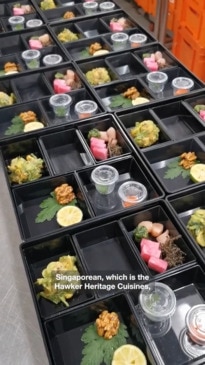
“I get to cook and fly and make sure people eat beautiful food on aeroplanes. I am basically responsible for every dish that goes onto the aircraft.”
The 52-year-old has 15 people in his immediate in-flight delivery service team, but at large there’s hundreds.
“We are essentially running 65 restaurants on a daily basis. I have multiple aircraft in the sky and each of those aircraft has minimum three cabin classes,” he explained.
“[And] within those three cabin classes we have got multiple menu combinations.”
He said those in first class can choose from about 17 meal varieties to everything from caviar through to dessert.
“And you can eat at anytime as you wish and as much as you like.”
Magnitude and scale of the catering operation

Mr McNeil said what people may not understand about in-flight cuisine is the sheer magnitude and scale of what goes on behind the scenes.
“When you see that meal, someone has taken the time and effort to put that together for you,” he said.
“There is a farmer somewhere in Australia or the US that has provided that lamb or chicken, there’s a farmer in Malaysia providing the carrot and broccoli — it really is a global effort.
“But the perception of airline food is that people think it’s not great, but actually, we spend a lot of time and effort to bring great dining experiences on-board the aircraft.”
SATS is Singapore Airlines catering partner located within Chiangi Airport, and while it makes food for 45 other carriers, Singapore Airlines is by far its biggest customer.
Mr McNeil works with SATS to develop hundreds of new menus every year, alongside his team.

The airline caters for 11 different cuisine styles from Japanese, Korean, Singaporean such as the hawker heritage cuisines, through western cuisine where creating one dish can take nine to 12 months.
“Sometimes we need to change the ingredient or we are not happy with the design, or simply the availability of the product is not in the quantity we need to fly.”
The airline runs menus from 77 different departure cities, so leaving Singapore passengers are offered chicken and rice or hawker soup, where as leaving NYC, it’s a smoked trout salad.
Mr McNeil, who previously worked for another major airline and at Ritz Carlton and Hyatt hotels, said it’s a mammoth operation that comes down to engaging with supply chain, procurement and understanding what is available to market.

“We are talking thousands of meals a day, so we can’t just go to Woolies or Coles and grab what we need,” he said.
“In Australia, for example, we may have three or four beef and lamb suppliers and we know generally the cycling, we know Victoria goes first in terms of lambing season then south NSW and Queensland, so we follow trends of the season.
“Everything we do is majority driven by the season and being in Singapore everything is mostly imported.”
Pumping out 50 million in-flight meals a year


The catering centre has hundreds of staff cooking and packing meals for the airline’s 20 million passengers a year.
“The conversion of those products into meal development and the scale of cooking is huge,” Mr McNeil said, adding the centre is broken into sections including, hot kitchen, salad and dessert.
They make a whopping 1.2 tonnes of their famous fried carrot cake which is a popular hawker breakfast dish made up of white radish, red carrot, rice flour and egg.
“We do around 7000 fresh omelettes a day on a fabulous omelette machine,” Mr McNeil said about their breakfast dish.
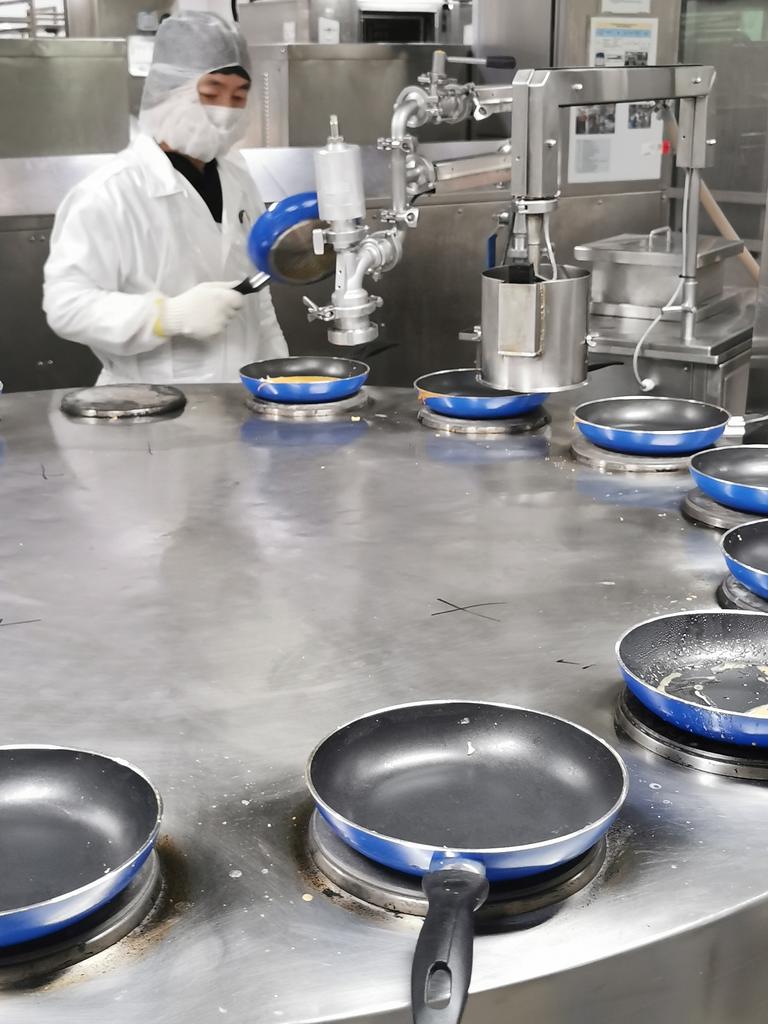

As for their Lobster Thermidor business class dish — the kitchen cranks out 168,000 a month.
“So that magic is happening 365 days, seven days a week, 24 hours a day — so we are busy.”
Basically, the Aussie chef said it’s “non-stop all the time”.
Food rules
When it comes to food requirements, every airline, or catering partner of an airline, has to abide by a certain set of rules.
“From the day the product hits the kitchen, as soon as the chef picks up that carrot and peels it it’s got a 72-hour life,” Mr McNeil said.


“We have got a number of hours to clean it, cook it chill it, pack it for in-flight and then to get it onto the plane and we try to do that all within 24 to 36 hours.”
Mr McNeil said if the meal or that product gets beyond 48 hours, generally it will get removed from the service and recycled.
“If it’s the carrot, we put it to into a beef or chicken stock. So there’s always an endless cycle of utilisation. Of course waste is a concern for everybody but we try to maximise that waste cycle.”
Why food tastes different on a plane

It’s one of the most common questions Mr McNeil gets asked, but he said aircraft have come a long way over the past 10 years.
“The newer generation of aircraft, the A380s, A350s, and the 787s, all have a lower pressurisation within the cabin space,” he explained.
“This means less pressure on the body and sinuses are not as compressed because there’s more moisture being introduced through the airconditioning system.
“So a meal you are getting on the ground is 90 per cent as it would be in the sky as oppose to five to 10 years ago.”

Chefs cook protein, such as the airline’s filet mignon dish for first and business class, about 40 per cent.
It’s enough to kill off bacteria and also allows for flight attendants to finish cooking it in the air. Otherwise it will be extremely overcooked.
“Cabin crew receive a plating guideline which includes a photograph of the dish, the components of the dish and heating guidelines,” Mr McNeil said.
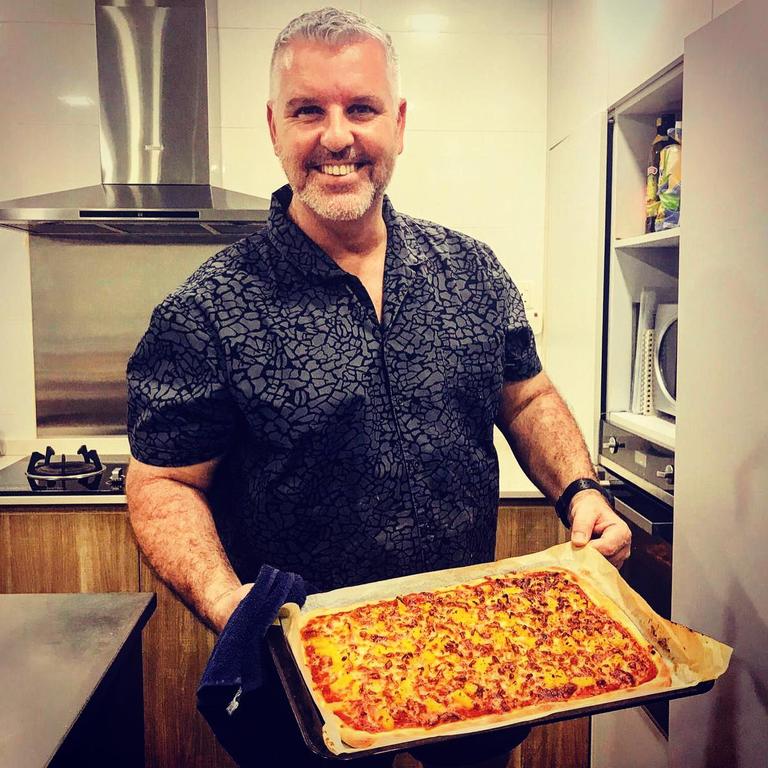
“The lamb loin, for example, cooks for 12 minutes in the air because it has been cooked 60 per cent on the ground.”
While Mr McNeil clearly has a demanding job, he said he wouldn’t have it any other way.
“It really is the best job in the world,” he said while laughing.
“I have come a long way,” he added.
“I got my apprenticeship in my final year of school and someone said to me ‘if you want easy work go and work at an airport hotel’.”
And as they say, the rest is history.
This writer travelled to Singapore as a guest of Singapore Airlines.




